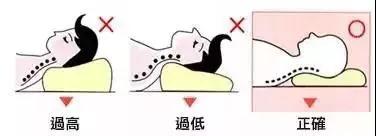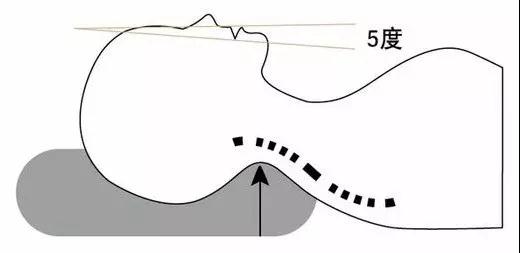Find your good pillow!
Unscientific pillows are one of the important factors that cause sleep disorders. Studies have shown that 150 million of the 600 million people with insomnia in the world are caused by pillow discomfort. A comfortable pillow may be the beginning of a peaceful sleep. It’s not too late to understand the pillow that will accompany you for a third of your life.
Get to know the pillow and find a good pillow that belongs to you
Because everyone has different physical conditions, cervical curvature, length, shoulder width and size, when choosing a pillow, you need to choose according to your different conditions, so as to establish a truly healthy pillow-neck relationship.
Due to the difference in the curvature of the cervical spine between men and women, generally speaking, men like pillows with a bit harder and higher, and women like pillows with a softer and lower side.
So, how do you choose a good pillow that suits you? The pillow’s hardness, height, size and other factors should all be taken into consideration.
1 the softness of the pillow
A pillow that is too stiff will put pressure on the carotid arteries, causing stiffness in the shoulders and muscle aches. It may also cause poor blood circulation, which in turn causes hypoxia in the brain. The direct response of hypoxia is increased saliva secretion and habitual mouth breathing for a long time, which makes it easy to “slobber”.
A pillow that is too soft will cause the head to sink deeply, the blood flow is too concentrated, the pressure on the blood vessel wall increases, the facial muscles are stressed, and the eyes are swollen in the morning, and you will also feel a slight headache.
2 the height of the pillow
A pillow that is too high will destroy the natural curvature of the cervical spine and make the muscles and ligaments behind the neck tense and stiff, causing stiff neck.
Pillows that are too low will naturally raise the jaw, compress the throat, and the uvula in the mouth will droop naturally, blocking the airway and causing snoring. This will not only reduce the quality of your sleep, but also affect the sleep of others.

The ideal pillow when lying down, the angle between the head and the horizontal line is about 5°

Generally speaking, the height of the pillow, excluding the elastic swelling part, is as high as one’s fist when a person lies on his back. This height can make the back of the head slightly separate from the bed surface; when lying on the side, it should be the height of one shoulder The width is about 1.5 times that of a fist. These two different heights ensure that the cervical spine maintains a normal curvature when lying on the back and on the side.

Pillow size
The principle is about 1.25 times the width of your own shoulders. The size of the pillow you choose depends on your age, body shape, frequency of turning over, and matching bed. Everyone’s needs are different, and the pillow sizes of major brands are also different.
55cm and below: Mostly designed for teenagers and children of different growth periods, and also suitable for petite women.
Around 65cm: It can satisfy most people’s daily use.
70cm and above: It is more suitable for users who like the feeling of pillow covering, which is more common in major hotels and guesthouses. At the same time, due to the larger size, the feeling of falling asleep is relatively high.
Around 120cm (double pillow): In recent years, it has been used less. Since one person’s actions will affect the other person next to the pillow, it is not recommended to buy.







